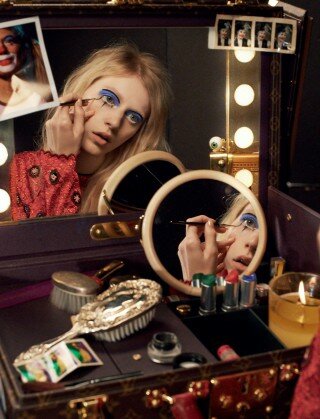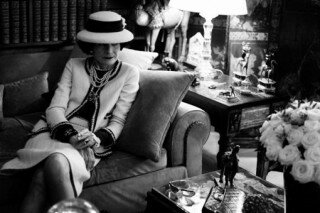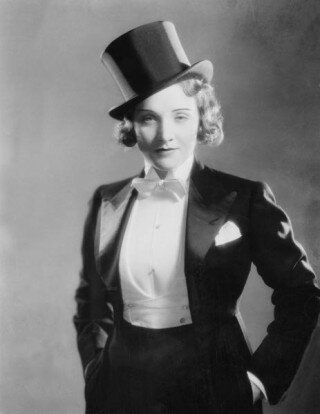FROM CELEBRITIES TO FASHION BLOGGERS: THE CHANGES OF FASHION MARKETING
Posted on March 25, 2015 by Margherita Nannuzzi
Star system is principally an image of the way in which stars live. Starting from Hollywood’s roaring twenties, film production company has begun capitalizing on the people’s dream to dress like the stars. In 1937 the entrepreneur Bernard Waldman instituted the Modern Merchandising Bureau, a society that purchased the reproduction fees of dresses worn by stars in the movies and put up them for sale in Cinema Fashion’s shops in 400 town of the United States. This society designed the clothes ensuring that, when the movie come out, were directly set in the stores. Bought for a few dollars, the imitations of Greta Garbo, Joan Crawford and Clara Bow’s costumes make millions of woman dream. Would Repetto ballet flat have had success, if Brigitte Bardot hadn’t worn in Roger Vadim’s movie? The “must have”of clothes, the little black dress (Lbd), was made famous by Audrey Hepburn in Breakfast at Tiffany (Edwards, 1961) and designed by Givenchy; Nicole Kidman’s white singlet in Eyes Wide Shut (Kubrick,1999) became a symbol in female underwear. In the Internet’s age, fashion is more enjoyable and available. Big stars and famous actors lose their supremacy of unique models of elegance.
In the new way of communication web 2.5 (a new experience in which interactive media content are realized directly by internet users, which share informations, videos, pictures about own personality), new figures stands out in the business of fashion: fashion bloggers, which profit by social media as Facebook and Instagram for imposing as icons of style and exploiting fandom as a marketing instrument.
We follow and we love fashion bloggers because they are “people like us”. We leave remarks on the web, because we are anxious of knowing informations about their dress or hair’s colour. In Italy Chiara Ferragni, Chiara Biasi, Giulia Gaudino and the youngest Chiara Nasti are already very famous and guests in some of the most important fashion catwalks. Emerging brand competed for publicizing their clothes, accessories and cosmetics, exploiting popularity of these young girls. Fashion bloggers are by now a source of inspiration for a comfortable style and a sophisticated look, frequently rather cheap.
Isn’t it true fashion bloggers are redefining the rules of fashion marketing?





 Copyright © The Harlow 2019
Copyright © The Harlow 2019